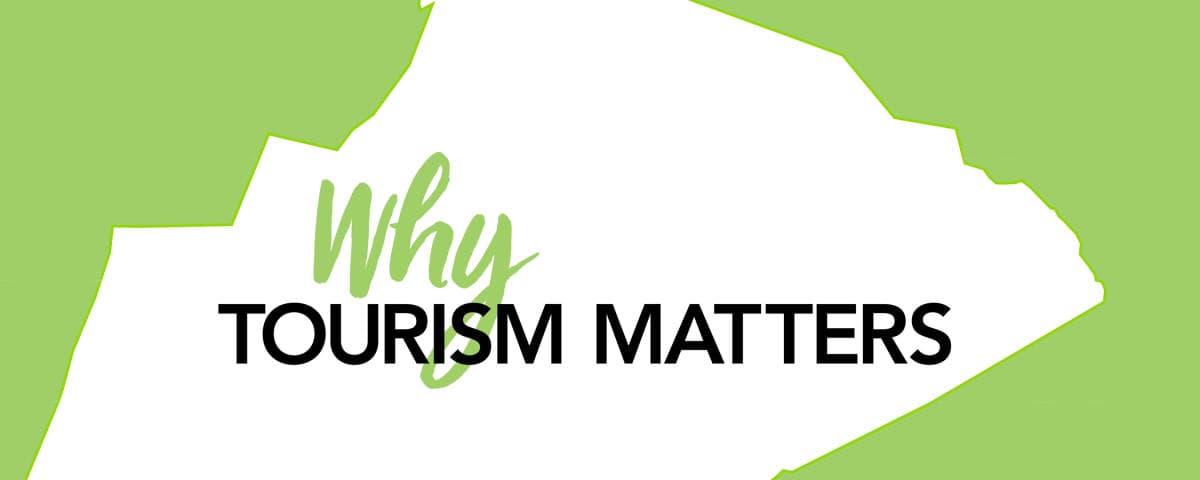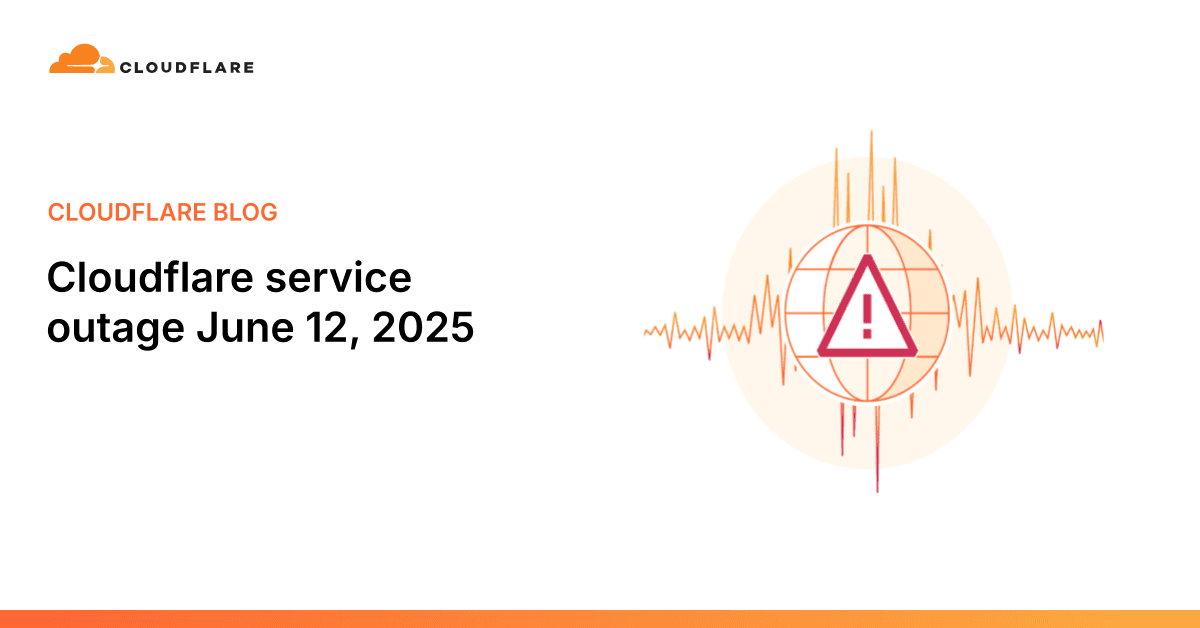Wake County Tourism Revenues Rise, Group Events Drive Growth
Visit Raleigh released the Wake County third quarter 2025 tourism report on November 19, showing hotel lodging tax collections just over 31 million dollars and prepared food and beverage tax collections more than 36 million dollars. The numbers reflected modest growth in lodging and stronger demand at restaurants, driven in part by 96 conventions and sporting events that brought over 103,000 attendees to the county in the third quarter.

Visit Raleigh published the Wake County third quarter 2025 tourism industry report on November 19, and it shows the local travel economy continued to expand through September. Hotel lodging tax collections totaled just over 31 million dollars, up roughly 1.5 percent compared with the same period in 2024. Prepared food and beverage tax collections reached more than 36 million dollars, an increase of about 5.6 percent year over year.
Those tax receipts reflect demand patterns across the county. The report highlights that group business remained an important driver of visits and spending. A Visit Raleigh partnership with the Greater Raleigh Sports Alliance supported dozens of conventions, sporting events and other group gatherings. The release lists 96 events that brought more than 103,000 attendees in the third quarter, roughly 1,070 attendees per event on average, underscoring the scale of group travel activity in Wake County during that period.
Hotel market performance showed steady occupancy that outpaced state and national averages, according to the report. That stronger relative occupancy suggests Wake County hotels were able to capture a larger share of available travel demand, supporting room rate stability and employment in the hospitality sector. The report also noted improved flight connectivity as a market tailwind, a factor that can extend the county s reach for conventions and out of state visitors.
For local residents the headline numbers matter in three ways. First, tax collections fund county services and local investments in tourism infrastructure, so even modest growth in lodging taxes and stronger gains in restaurant taxes translate into more revenue for community needs. Second, the high volume of group events supports jobs in hotels, restaurants, event production and local transportation. Third, sustained flight and hotel connectivity help attract larger conventions that produce concentrated short term spending for retailers and service providers across Wake County.
From a market perspective the divergence between lodging tax growth and food and beverage tax growth is notable. Lodging collections rose modestly while restaurant related receipts climbed at a faster pace, indicating stronger outlays on dining and entertainment even as room revenue growth was muted. For policymakers and industry planners that pattern suggests opportunities to cultivate dining and entertainment packages tied to meetings and sports events, and to prioritize airport and convention connectivity to preserve Wake County s competitive position.
The third quarter report includes detailed key performance indicators for lodging, tax collections, group and business metrics, plus sports and tourism event planning data that local officials and business leaders can use to shape marketing and infrastructure priorities. As the county moves into the winter and upcoming event seasons, those indicators will be important for assessing whether the current growth pattern represents a sustained trend or a period sensitive to broader economic swings.


